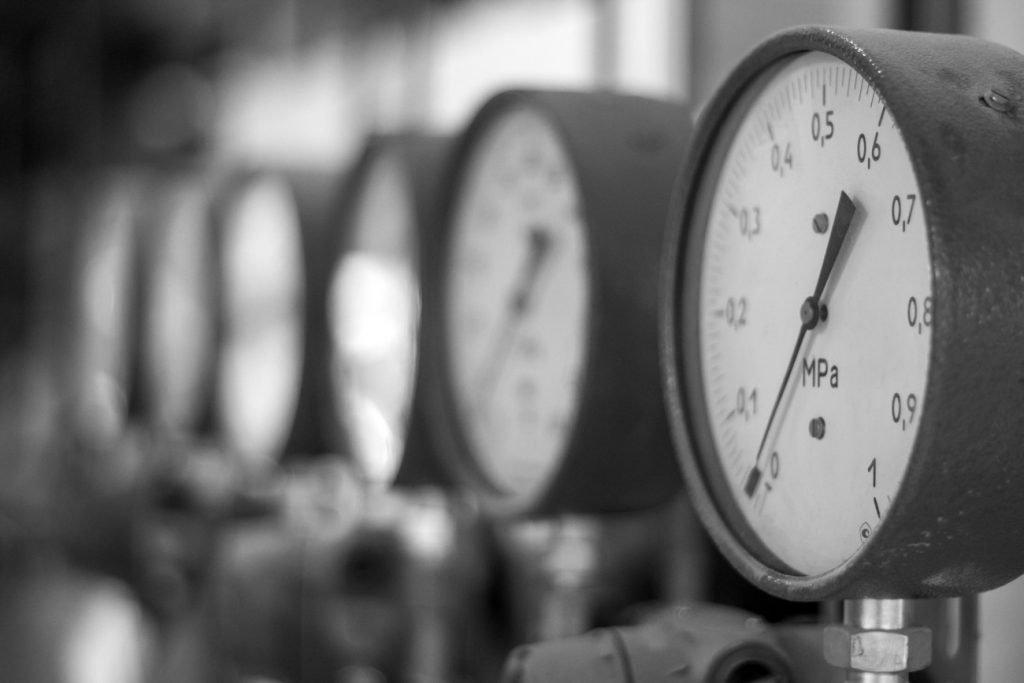Flowcheck measure the performance of pumps in situ, whilst they are installed in their pumping system.
Pump Testing & Pump Curves
Testing a pump on site provides an exact measurement of how the pump is performing within its own pipe system and eliminates the expense and disruption caused by removing it and having it tested remotely.
Fundamental to the accuracy of a pump test is the ability to take true measurements of pressure and flow, the most difficult of which is flow. Flowcheck is a certified MCERTS inspection company and specialise in flow measurement.
Normally we are commissioned to perform pump tests to confirm their condition prior to replacement or refurbishment. There is however a growing trend amongst our clients to have pumps tested both before and after a refurbishment, to confirm that contractual obligations have been fulfilled.
Flowcheck Engineers arrive on site fully equipped to perform pump tests quickly and efficiently, with the minimum disruption to the operation of the plant.
If new tapping points are required to enable pressure measurements, we can install these conventionally or by using under pressure drilling techniques (hot tapping).
By testing the pumps in situ, whilst installed in the pumping station, the pump performance curve for each device can be measured whilst it is pumping the media it has been installed to deliver i.e. the performance of a raw sewage pump is measured pumping sewage as opposed to clean water (as used in a factory test).
In addition to providing pump performance curves a pump test can also help identify problems within the pumping system.
Pump test surveys are followed with a full report detailing all the measurements obtained and graphical plots of the pump curves. Download our Guide to pump testing.
System Curves
The system curve for a rising main should form the foundations for the design of a pumping station. The system curve shows the static head plus the friction head developed in a pipe over a range of flow rates.
For pumps to work reliably, and to their best efficiency, they have to be carefully matched to the system curve characteristics of the rising main into which they deliver. A pump that is incorrectly matched to its pipe system may not deliver the required flow rate, it will use excessive amounts of energy and it is likely to be problematic.
Download our Guide to specifying pumps.
On simple pumping systems with new pipes, and clean water, it is possible to approximate a system curve by calculation. See our friction head loss calculator
On sewage applications however, and on pipes that have been in service for several years, the only way to determine the friction head developed in a pipe is to take on site measurements. Flowcheck are expert in measuring system curves.
In addition to helping size pumps correctly a system curve test can also provide an indication of problems in a rising main. By back calculating the Ks value (effective roughness) of the pipe from the actual measured heads, and comparing it to the Ks value for new pipe, it is possible to determine if there are blockages in the main, or alternatively if buried pipe sections are larger than expected.
As per the pump tests above Flowcheck Engineers arrive on site fully equipped to perform system curve tests speedily, with the minimum disruption to the operation of the plant. A new tapping point is usually required to enable a system curve test and this is normally installed using under pressure drilling techniques (hot tapping).

